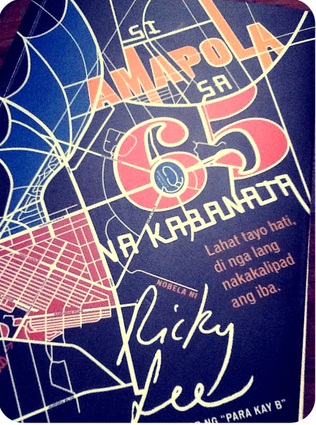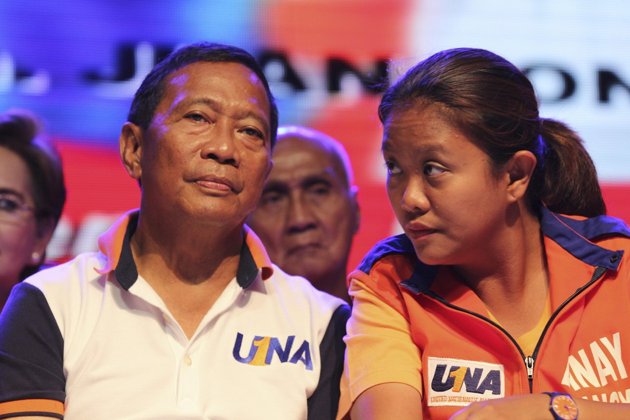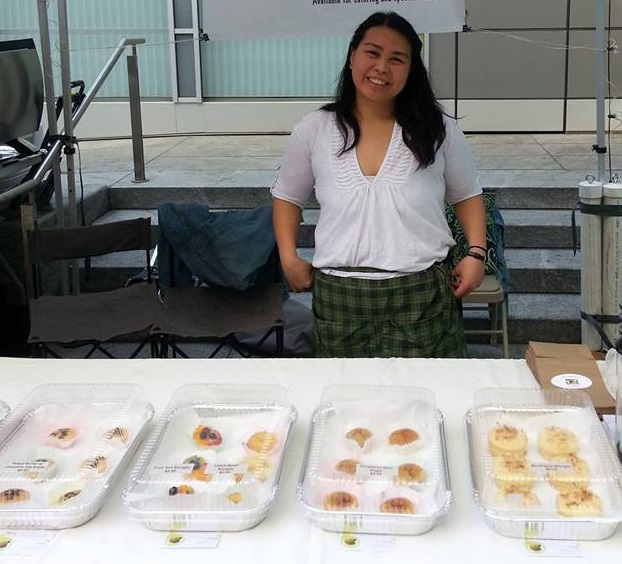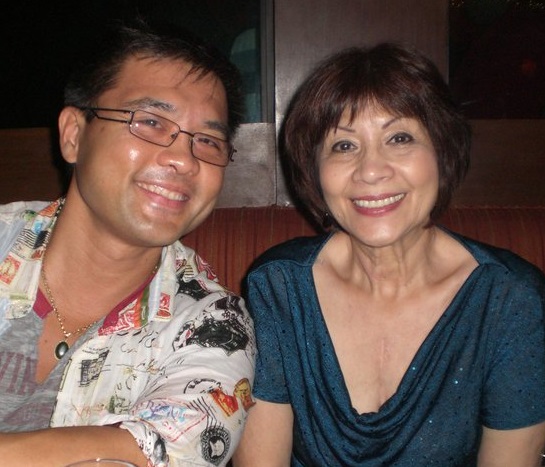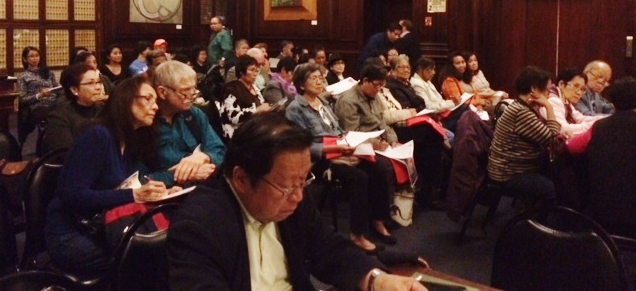Pride and poignancy in Penaranda anthology

By Allen Gaborro
In the vein of the vernacular and the sentimental, Oscar Peñaranda brings together both the gemstones and the rougher cuts of his oeuvre in “Follower of the Seasons: A Onethology in Symphony.”
The roots of this potpourri of personal reminiscences, the congruences and resourcefulness of and between individuals, and the human history of the Filipino experience, reside in the vast territory of the formative past.
Vicente Rafael offered up what he perceived as a lasting legacy of the United States: it is a “place of forgetting”. The United States can be said to be a land of bygone conclusions and palimpsest net results. On that idea, for Peñaranda, the United States has been a country of “double standards, inequalities and exploitations, domestically and internationally.”
Jumping in with both feet, Peñaranda plotted the course of much of his adult life through that entity called the United States of America. Even as the spirit and the reverence of the Filipino indigenous is a ubiquitous presence in his pieces, Peñaranda takes the bull by the horns and mind melds his impressions, familiarity, and evocations of existence in the U.S. with the reader.
Peñaranda’s long encounter with the United States is one strand of the wider Filipino social imagination, an imagination that has been equal parts autonomously and willingly interwoven into the prevailing capitalist ethos of the new frontier.
The metaphor of the “bridge” is used in “Follower of the Seasons” to form a historical, psychological, anecdotal, and political association linking Filipinos and the United States.
As Tony Robles writes in the collection’s foreword about Peñaranda, “Oscar is a bridge into our depths, our deep consciousness as Filipinos and Filipino Americans and Filipino Canadians and Mexipinos and Friscopinos and Blackapinas and Blackapinos etc.”
The term “Friscopino” speaks to the prominent place the city of San Francisco has in Peñaranda’s heart and mind. He shares this with the aspiring droves of other Filipinos—including myself—who have called the City by the Bay their home ever since they can remember.
Peñaranda lived, loved, and taught (San Francisco State University and various high schools) in San Francisco. In 1961, as a young man, his parents moved his family to San Francisco from Vancouver (before that from the Philippines).
With a protracted and consequential stint as a cannery worker in Alaska in between (an invaluable story in itself), Peñaranda would always find his way back home to the Bay Area as a devoted father and friend, educator and historian, and premier Filipino American figure and advocate. For myself, having lived in or around San Francisco for some 50 years now, I could not help but partake in a sense of nostalgic pride and poignancy with Peñaranda on his writings on the city and its Filipino residents in “Follower of the Seasons.”
Philippine history, particularly the U.S.-Philippine “special relationship”, is an insistent element in Peñaranda’s literary effort to nurture Filipino oneness in all of its diversity. From the first recorded landing of Filipinos in the North American continent in 1587 at Morro Bay, to the intermarrying of Filipinos with Native Americans, to the Filipino farm union worker strikes in California, to the 1901 Balangiga mass slaughter and other manifestations of U.S. imperialism, Peñaranda captures the pathos, the endurance, the gains and losses, the struggle for sovereignty, and the cumulative effect that foreign colonialism has had on the Filipino psyche.
Oscar Peñaranda is a compelling chronicler and autobiographer of the verity of what his Filipino brethren have gone through. He is also an acute observer of the becoming of the Filipino self, of how, in all of their united contradictions, Filipinos and Filipino Americans came to understand that self and what transformations it will potentially undergo in the future.


